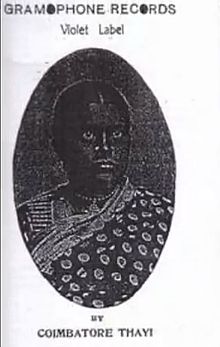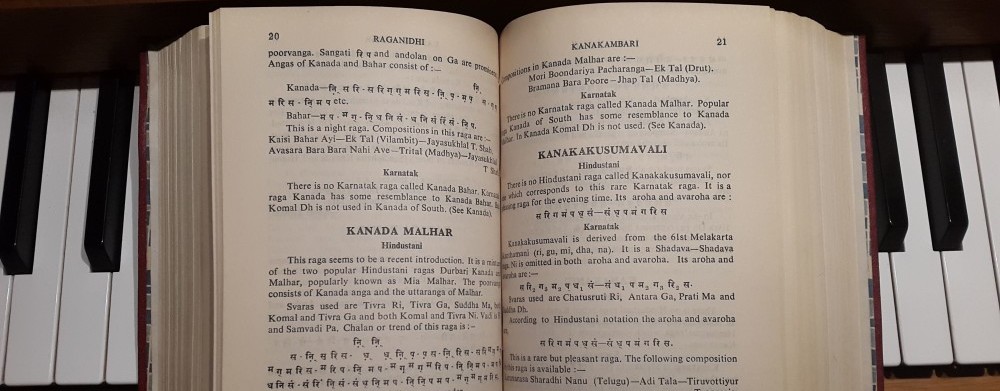
I came across an interesting article by Subha J. Rao in The Hindu about one of the first and most popular recorded female carnatic singers: Coimbatore Thayi (1872-1917). In the article, author-biographer Vikram Sampath tells about his work on reviving Coimbatore Thayi’s legacy as part of a book on female singers.
The British Gramophone Company set foot in South India in 1904 and started recording many artists, among them Coimbatore Thayi, who was one of the most popular singers in Madras. Thayi became a bestselling artist, but she died young – in her mid-forties – in 1917. On approximately 300 discs, “she recorded” – writes Rao – “a rich repertoire of songs, including the compositions of Tyagaraja, Shyama Sastri and Dikshithar, padams, javalis, the Thirupugazh… Sadly, most of them are lost to time. However, some of them can be heard on YouTube and Vikram’s Archive of Indian Music.”
The article in The Hindu takes an interesting turn when the story of Thayi moves to Europe: “She was popular abroad too. In 1911, a French musician Maurice Delage heard her soft, bhakti-filled voice in Paris and was smitten. He wrote to his teacher, Maurice Ravel, about her microtonal effects and variations (gamakas) and voice. “It sent chills up and down my spine”, he wrote. He met Thayi in Madras and even composed two sets of Western music pieces— Quatre Poèmes Hindous, one each dedicated to the cities of Madras, Banaras, Lahore and Jaipur; and a Ragamalika said to be inspired by Thayi’s rendering of an arutpa.”
Martha Angelici sings Maurice Delage’s Quatre Poèmes Hindous
Janet Baker sings Maurice Delage’s Quatre Poèmes Hindous
Today there are some recordings and photos left of Coimbatore Thayi, though very little is known of what her life was like and how she spend her childhood.
Biographer Vikram Sampath summarizes: “Thanks to some existing recordings, we know that she sang her heart out into the horn. And that she had a voice which touched a chord even in faraway Paris.”
